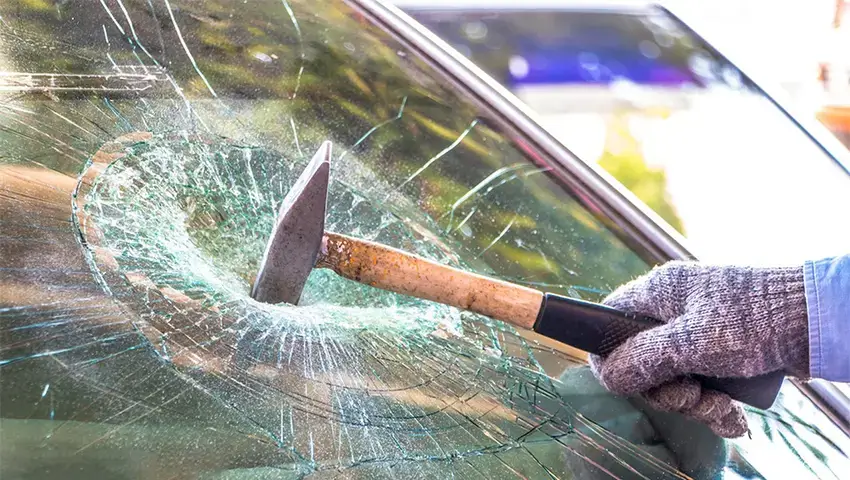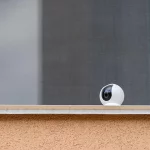When it comes to safety and durability, shatterproof glass is a game-changer. Whether for your home, office, or car, using stronger, safer glass can provide peace of mind and help prevent accidents. But what exactly is shatterproof glass, and why is it becoming a popular choice? In this blog, we’ll explore the key aspects of shatterproof glass, how it’s made, its benefits, and why it might be the best choice for your next glass installation.
Contents
What is Shatterproof Glass?
Shatterproof glass is designed to resist breaking into sharp, dangerous pieces upon impact. Unlike regular glass, which can shatter into hazardous shards, shatterproof glass either remains intact or breaks into dull, less harmful fragments. This makes it much safer for environments like homes, cars, and commercial buildings, where safety is a priority.
Shatterproof glass is typically made through two methods: tempering or lamination. Tempered glass is heated and rapidly cooled, while laminated glass consists of multiple layers fused together with a plastic interlayer. Both methods ensure that if the glass breaks, it does so in a way that minimizes the risk of injury.
How Shatterproof Glass is Made
The manufacturing of shatterproof glass involves two primary processes: lamination or tempering.
- Laminated Glass: This type of shatterproof glass features two or more layers of glass with a plastic interlayer (often made from polyvinyl butyral or PVB) between them. These layers are fused under heat and pressure. If the glass is struck, the plastic layer holds the shards together, preventing them from scattering.
- Tempered Glass: In this process, the glass is heated to extremely high temperatures and then cooled rapidly. This strengthens the outer layers of the glass, making it much more resistant to impacts. If tempered glass breaks, it crumbles into small, blunt pieces that are far less likely to cause injury than regular glass.
Both methods significantly increase the glass’s strength and safety, making it ideal for various applications.
Benefits of Shatterproof Glass
There are several reasons why shatterproof glass is a smart choice for residential and commercial use:
- Safety: The main benefit of shatterproof glass is its ability to reduce the risk of injury. If broken, it either stays intact or breaks into less harmful pieces.
- Durability: Shatterproof glass is designed to resist impacts, weather conditions, and even break-in attempts. Its toughened structure makes it much more durable than regular glass, reducing the risk of accidental breakage.
- Security: Laminated shatterproof glass is difficult to break through, making it a great option for windows and doors, adding an extra layer of protection against burglars and vandals.
- Noise Reduction: Laminated glass can also help reduce noise due to its multi-layered structure, making it a smart choice for urban areas or noisy neighborhoods.
Shatterproof Glass vs. Regular Glass
The differences between shatterproof glass and regular glass are significant. While regular glass is affordable, it has major safety and durability drawbacks. Here’s how they compare:
- Safety: Regular glass shatters into dangerous, sharp pieces, which can cause serious injuries. Shatterproof glass, however, either stays in place or breaks into less harmful fragments.
- Strength: Shatterproof glass, especially tempered glass, is up to five times stronger than regular glass, making it more resistant to impacts.
- Usage: Regular glass is often used in low-risk areas like picture frames or decorative pieces. Shatterproof glass is preferred in high-risk areas like windows, windshields, and doors where safety is critical.
Where to Use Shatterproof Glass
Shatterproof glass is a versatile product with many uses. Some common applications include:
- Windows and Doors: Ideal for homes and offices, shatterproof glass enhances security and reduces the risk of accidents.
- Automotive Windshields: Most modern cars use laminated shatterproof glass for windshields to reduce injury in accidents. Tempered glass is often used for side and rear windows.
- Shower Doors: Tempered glass is frequently used in shower doors and glass partitions due to its safety features.
- Skylights and Roof Windows: Skylights and roof windows benefit from shatterproof glass, providing protection from weather and falling objects.
FAQs
1. Is shatterproof glass unbreakable?
No, while shatterproof glass is highly resistant to breaking, it can still break under extreme conditions. However, it’s designed to minimize injury by breaking in a safer way.
2. How much more expensive is shatterproof glass compared to regular glass?
Shatterproof glass typically costs more due to its additional safety features, but the investment is worth it for the enhanced durability and protection.
3. Can shatterproof glass be used in any frame?
Yes, shatterproof glass can generally be installed in the same frames as regular glass, though it’s important to ensure that the frame is strong enough to support its added weight.
Conclusion
Shatterproof glass offers significant advantages in safety, durability, and security. Whether you’re upgrading your home’s windows, replacing a car windshield, or installing glass doors, shatterproof glass is a smart investment that can prevent accidents and improve overall safety.
With its growing affordability and accessibility, shatterproof glass is becoming the go-to choice for homeowners, businesses, and car manufacturers alike. Choosing shatterproof glass ensures that your spaces are not only stylish but also secure.

